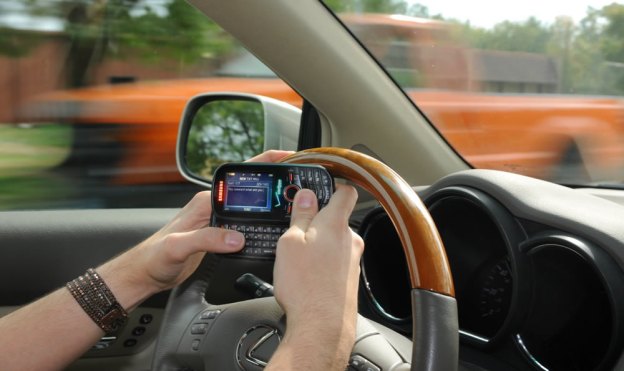
According to an article posted by the Wall Street Journal earlier today, the National Highway Traffic Safety Administration (NHTSA) has found that texting while driving increased from 2009 to 2010. The NHSTA performs this study each year by watching intersections and stoplights for anyone that’s operating a smartphone or other handheld device to send text messages in addition to other functions like reading and typing email, watching video, playing games, viewing GPS location or simply browsing the Internet. The study found that nearly one percent were spending time with a mobile device while operating the vehicle.

The researchers also found that the majority of drivers will accept a call while driving and continue to talk on the phone navigating the road. A study conducted earlier this year also found that hands-free cell phone usage is equally as dangerous while driving. The NHTSA also launched pilot programs in the Northeast to discourage cell phone use while driving by increasing the number of tickets issued for texting while behind the wheel and promoting a public awareness campaign on the subject. After the program ended, researchers found a vast decrease in the number of people talking on phones as well as anyone attempting to type a text message while driving.


